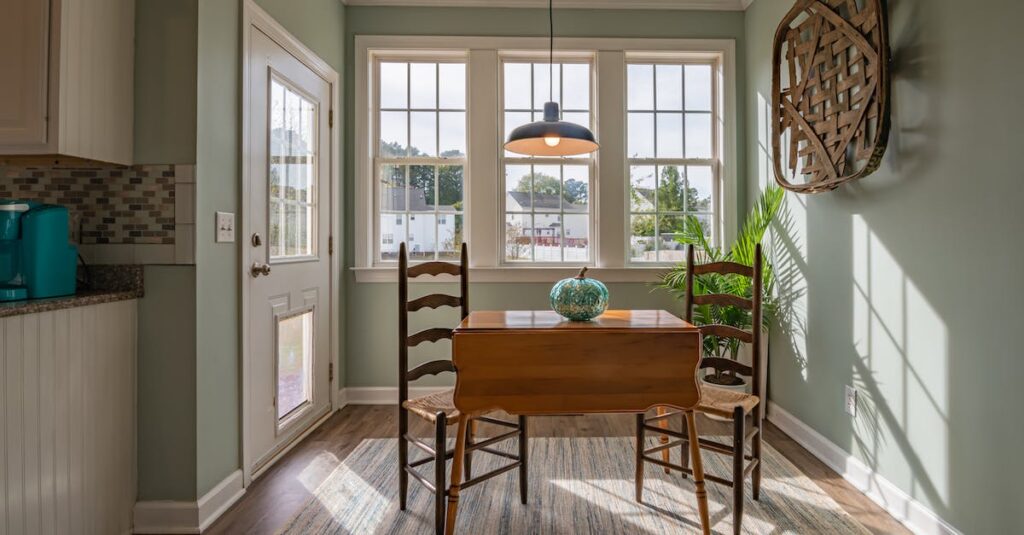Introduction
Real estate investment offers various strategies to generate profit and build wealth. Two popular approaches are buy and hold and flipping properties. Both strategies have their own merits and considerations. In this article, we will explore the differences between buy and hold and flipping, the benefits and potential risks of each strategy, and how to determine which approach aligns with your investment goals.
Buy and Hold Strategy
The buy and hold strategy involves purchasing a property with the intention of holding it for an extended period. This approach focuses on long-term appreciation and rental income. Here are the key characteristics and benefits of the buy and hold strategy:
1. Long-Term Appreciation
One of the primary advantages of buy and hold is the potential for long-term appreciation. Over time, real estate properties tend to increase in value, allowing investors to build equity. This appreciation can be significant, especially in high-demand areas or those experiencing economic growth.
2. Rental Income
Another benefit of the buy and hold strategy is the ability to generate rental income. By renting out the property, investors can generate a steady stream of cash flow, which can be reinvested or used to cover expenses such as mortgage payments, property maintenance, and taxes.
3. Tax Benefits
Real estate investors can also take advantage of various tax benefits associated with the buy and hold strategy. These may include deductions for mortgage interest, property taxes, depreciation, and repairs. Such tax advantages can help reduce the overall tax burden and improve cash flow.
4. Passive Investment
Unlike flipping properties, the buy and hold strategy is relatively more passive. Once a property is rented out to reliable tenants, investors can enjoy a passive income stream without the need for constant renovations or reselling.
Potential Risks
While the buy and hold strategy offers many advantages, it is not without risks. Here are some potential risks to consider:
- Market Fluctuations: Real estate markets are subject to fluctuations. Economic downturns or shifts in local developments can impact property values and rental demand. Investors must be prepared for such market fluctuations and have contingency plans in place.
- Maintenance and Management: Owning rental properties requires consistent maintenance and management. Investors must allocate time and resources for property repairs, tenant screening, and addressing any issues that may arise.
Flipping Strategy
The flipping strategy involves purchasing a property with the intention of selling it quickly for a profit. Flippers typically buy properties that need renovation or improvements, add value through repairs, and sell at a higher price. Here are the key characteristics and benefits of the flipping strategy:
1. Quick Profit Potential
The primary advantage of flipping properties is the opportunity for quick profits. Successful flippers can purchase a property at a discounted price, improve its condition, and sell it for a higher value, often within a short period. This strategy can yield substantial returns in a relatively shorter timeframe compared to the buy and hold approach.
2. Skill Enhancement
Flipping properties allows investors to enhance their skills in renovation, property management, and market analysis. This hands-on experience can be valuable for future real estate ventures and can improve the investor’s overall understanding of the market dynamics.
3. Flexibility and Variety
Flippers have the flexibility to choose properties in different locations and price ranges. This variety allows them to adapt their strategies based on market conditions and opportunities. Flippers can also explore different property types, such as residential homes or commercial spaces.
Potential Risks
Despite its potential for high profits, the flipping strategy carries certain risks. Consider the following risks:
- Market Timing: Flipping properties relies on the ability to accurately time the market. Purchasing a property at the wrong time or in an unfavorable market can result in prolonged holding periods and decreased profitability.
- Renovation Costs: Renovating properties can be costly, and unexpected expenses may arise during the renovation process. It is essential to budget carefully and consider potential overruns when estimating the profitability of a flip.
- Selling Challenges: Flippers depend on finding suitable buyers within a reasonable timeframe to realize their profits. If the market becomes saturated or demand declines, selling the flipped property can become more challenging.
Choosing the Right Strategy
Deciding between the buy and hold and flipping strategies depends on your investment goals, risk tolerance, and available resources. Here are some considerations to help you make an informed decision:
- Time Horizon: If you have a long-term investment horizon and seek stable, long-term returns, the buy and hold strategy may be suitable. However, if you desire quick profits and have the necessary skills and resources for renovations, flipping might be more appealing.
- Risk Tolerance: Flipping properties generally involves higher risks and uncertainties compared to buy and hold. Consider your risk tolerance and whether you are comfortable with the potential market downturns and holding periods associated with flipping.
- Capital Availability: The flipping strategy often requires upfront capital for purchasing properties, renovations, and carrying costs. Assess your financial capacity and determine if you have sufficient funds or access to financing for flipping ventures.
- Skill Set and Market Knowledge: Flipping properties demands specific skills in property renovation, market analysis, and project management. Evaluate your expertise and experience to ensure you can handle the challenges of flipping successfully.
Summary
Real estate investment offers two distinct strategies: buy and hold and flipping properties. The buy and hold strategy focuses on long-term appreciation and rental income, while flipping involves buying, renovating, and quickly selling properties for profit. Each strategy has its own benefits and risks, requiring careful consideration of investment goals, risk tolerance, and resources. By understanding the differences between these strategies, investors can make informed decisions and maximize their real estate investment potential.







